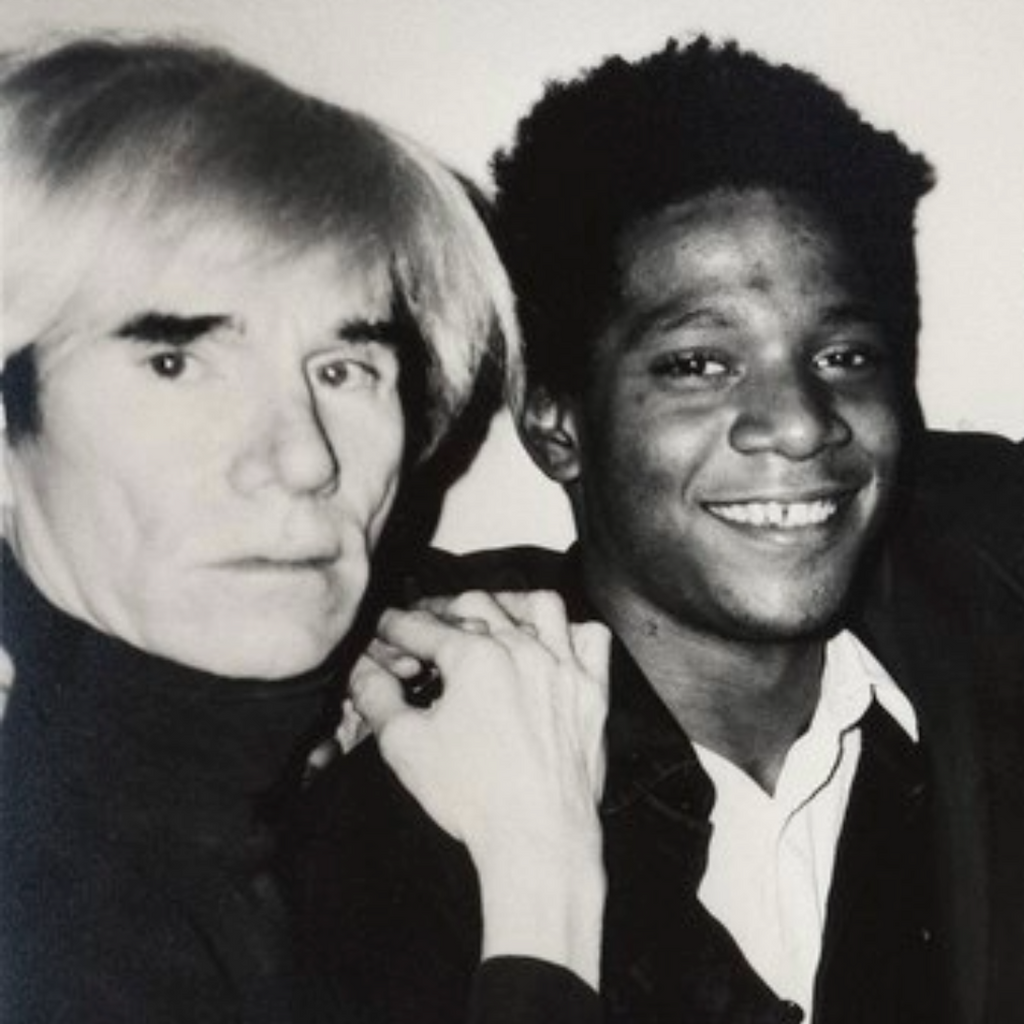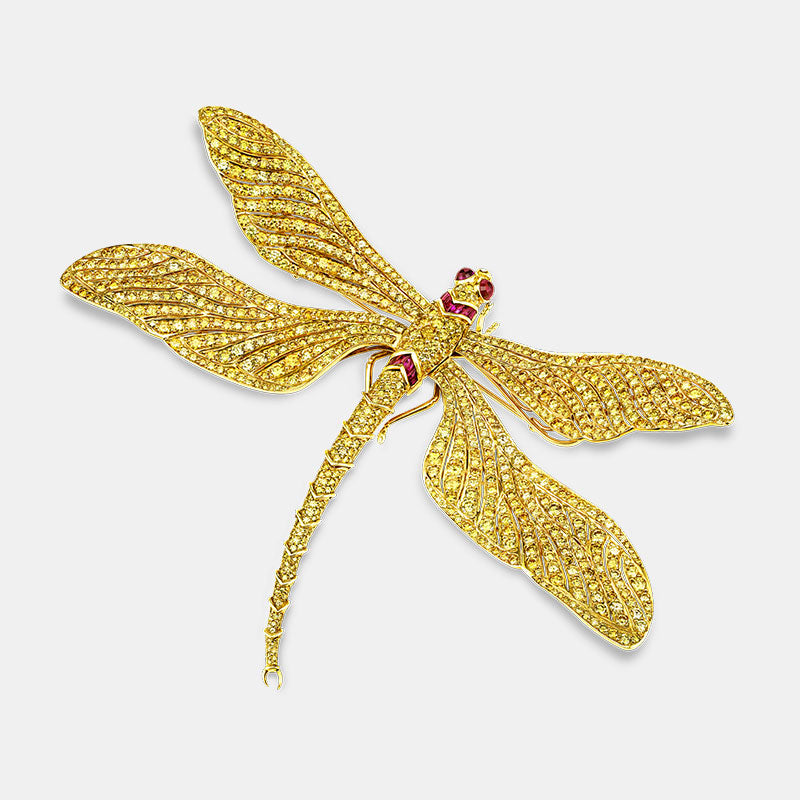LANDSCAPE PAINTING IN ANTIQUITY
The tradition of landscape painting has its roots in antiquity. Thanks to the popularity of frescos in Greco-Roman culture, evidence has been found of wall murals that incorporated elements of both the landscape and the gardenscape. Thanks to their size and durability, these paintings on plaster are among the only works of art to have survived the centuries, though it is believed that many of the subjects that appeared in frescos would have also been popular in smaller paintings on wood, ivory and other materials.

Circa 50–40 B.C. (Metropolitan Museum of Art, New York)
Generally, ancient Roman well frescos were not devoted to the art of pure landscape. Rather, these frescoes were used as a way to open up and lighten a space. Often, illusions of windows that looked out onto imaginary landscapes or gardens framed in grand architectural details appeared in these painted mirages. So impeccably detailed were these scenes that they successfully tricked the eye into believing a small room with no windows was larger and airier than it appeared.
After the fall of the Roman Empire, the tradition of landscape painting saw a rapid decline; views of the landscape only tended to appear as a setting for religious scenes, though often they were omitted entirely. It was not until the late 1300s that artists began to re-consider the landscape as a subject, and a new interest in the observation of nature began to emerge.
A LANDSCAPE RENAISSANCE

Circa 1525 (M.S. Rau, New Orleans)

Thanks to a growing interest in the natural world, the landscape re-appeared as a subject deemed worthy of exploration by Renaissance artists, though few examples of pure landscape painting are found from the period. Instead, vast landscapes often served as the backdrop for mythological or biblical stories. These landscapes were highly idealized and, thanks to advancements in mathematical understanding, they also began to show a mastery of perspective by the end of the Renaissance age.

by Pieter Brueghel the Younger. Circa 1627 (M.S. Rau, New Orleans)

(Royal Museum of Fine Arts, Antwerp, Belgium)
The Renaissance in the north developed largely thanks to a growing, prosperous merchant class who brought wealth and a new sense of cultural independence to the region. As their wealth grew, the demand for large-scale religious works fell as these new patrons sought to purchase smaller-scale secular art for their homes. Along with portraits and genre scenes, landscapes were chief among these, particularly the panoramic “world landscape” first developed by Joachim Patinir and perfected by Pieter Brueghel the Elder.
THE ROMANTIC VIEW

Despite the new popularity of landscape painting in the Netherlands, the genre was still not generally accepted as high art within the great academies of Italy and France. The academies held their own hierarchy of subjects that they deemed acceptable, placing history paintings — classical, religious, mythological and allegorical works — above all other subjects. For academy painters, the landscape was still viewed simply as a setting for more appropriate biblical or mythological narrative scenes.
However, in the 17th century the painted landscape underwent a new transformation. Known as the classical landscape, these works were inspired by the Greco-Roman ideal of “Arcadia,” a term derived from the Greek province of the same name that came to denote an idyllic vision of the unspoiled landscape. Rather than being inspired by reality, these scenes were entirely contrived in order to convey a sense of harmony. Each tree, rock and creature was perfectly placed to emphasize the balance and untarnished beauty of the natural world.
French artists Nicolas Poussin and Claude Lorrain were the undeniable masters of the classical landscape, both of whom realized the emotional power of the land and worked to elevate the genre to the realm of high art. Their contribution to art history helped pave the way for the new generation of Romantic landscape painters who followed them, including Caspar David Friedrich and John Constable.




Friedrich’s approach to landscape painting would influence not only the great English Romantic landscape painters Constable and J.M.W. Turner, but also an emerging generation of American artists known as the Hudson River School painters, who would become some of the most famous landscapes artists of all time. Including the likes of Frederic Edwin Church, Thomas Cole and Albert Bierstadt, the movement drew inspiration from the rugged American landscape of the 19th century, yet untouched by the encroachment of the industrial age. Uniquely American concepts of Manifest Destiny and the great Western expansion can be seen in these images of the countryside, which also often held up romantic visions of humanity and nature coexisting in harmony.

Thanks to the pioneering canvases of the Romantic artists, the late 18th century saw a shift in the French Academy’s view of the landscape as an acceptable subject in art. However, it was the French painter Pierre-Henri de Valenciennes who is considered the most influential in changing the Academy’s opinion of landscape painting. While studying under the maritime artist Claude Joseph Vernet, Valenciennes learned the art of perspective and French paintings en plein air, leading him to publish his groundbreaking Eléments de perspective pratique in 1800. The text, which advocated for a new type of “ideal” landscape (as well as the importance of studying directly from nature), persuaded the Academy to develop a new prize for “historic landscape” painting in 1817. So groundbreaking and innovative was Valenciennes’ approach that the Impressionist Camille Pissarro was still advocating it in the 1880s.


LANDSCAPE IN THE MODERN AGE

By the mid-19th century, the tradition of the landscape in French art was firmly established, and it soon became the most influential in Western Europe for over a century. Both the Impressionists and the Post-Impressionists made the landscape — free from any other subject or narrative — the primary focus of their paintings for the first time. The sweeping vistas of France provided the perfect setting for Claude Monet, Pierre-Auguste Renoir and Camille Pissarro to experiment with the fleeting effects of light and atmosphere on canvas. Just a generation later, Georges Seurat and Henri Matisse, among many others, would use the landscape in their bold, avant-garde explorations of color.


by William Merritt Chase. Circa 1914 (M.S. Rau, New Orleans)
Across the Atlantic, the American Impressionists likewise captured their native landscape with their light-filled palettes and painterly brushstrokes. In fact, by 1915 the impressionist landscape had come to dominate the American aesthetic as collectors clamored for representations of the New World in the popular, distinctly French style. The quaint, yet-undeveloped towns and artist colonies in New England were a favorite of painters such as Childe Hassam and William Merritt Chase, as was the always-sunny California coast for the likes of Franz Bischoff and Guy Rose.
In the century that has passed since the height of American Impressionism, the art of the landscape has continued to undergo a myriad of changes, from Pablo Picasso’s Cubism in France and Ansel Adams’ photographs of the American West to the Magical Realism of Peter Doig and the Environmental art of the 1990s. Taken together, the rich history of this subject represents humankind’s own awareness — and appreciation — of the world that surrounds and supports them. Explore our collection of fine art landscape paintings.
Sources:
A Dialogue with Nature: Romantic Landscapes from Britain and Germany, The Courtauld Gallery, 2014, by M. Hargraves and R. Sloan
“Brief History of the Landscape Genre.” TheGetty.org. Accessed 20 April 2022. https://www.getty.edu/education/teachers/classroom_resources/curricula/landscapes/background1.html
“Pierre-Henri de Valenciennes.” NGA.gov. Accessed 23 April 2022. https://www.nga.gov/collection/artist-info.13593.html
“Roman Painting: Heilbrunn Timeline of Art History.” MetMuseum.org. Accessed 21 April 2022. https://www.metmuseum.org/toah/hd/ropt/hd_ropt.htm
“Romanticism: Heilbrunn Timeline of Art History.” MetMuseum.org. Accessed 21 April 2022. https://www.metmuseum.org/toah/hd/ropt/hd_ropt.htm








